
The British Empire: A Comprehensive Exploration of Global Dominance
The British Empire: A Comprehensive Historical Exploration of Global Transformation, Imperial Dynamics, and Lasting Worldwide Impact. This definitive guide offers an in-depth analysis of one of history's most extensive and influential political systems, examining its complex legacy of technological innovation, cultural exchange, economic exploitation, and global restructuring.
HISTORYEUROPEAN UNIONEMPIRES/HISTORY
Keshav Jha
4/10/20255 min read
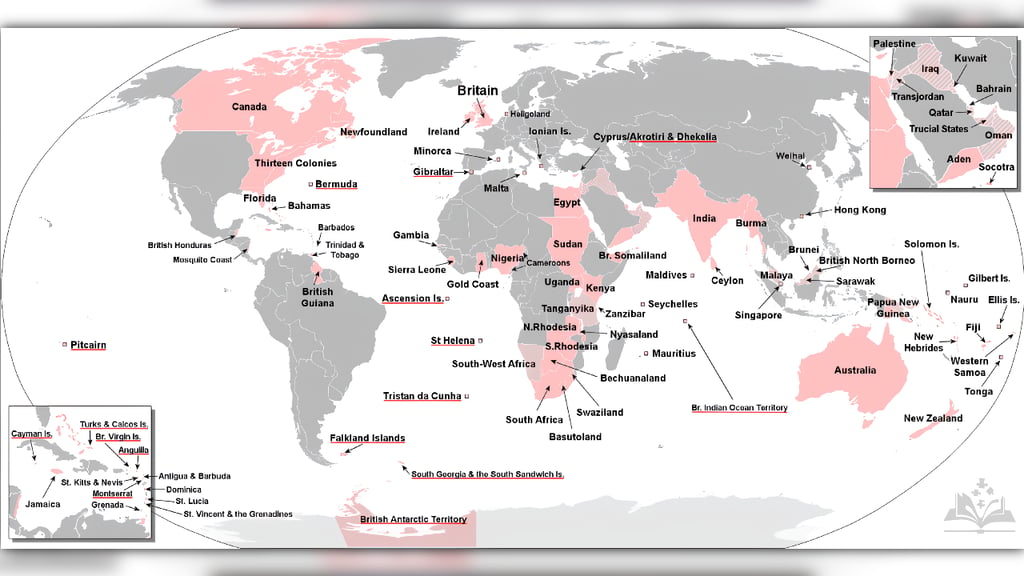

The British Empire represents one of the most extensive and influential political systems in human history. Spanning multiple continents and centuries, this imperial network fundamentally transformed global geopolitics, economic structures, cultural exchanges, and social dynamics in ways that continue to shape our modern world.
Prehistoric and Early Foundations
Ancient Precursors
Before the formal establishment of the British Empire, the British Isles had a rich history of maritime exploration and international trade. The Roman occupation, Viking invasions, and Norman conquests provided early foundations for the complex imperial mindset that would later develop.
Maritime Technological Advancements
The development of advanced shipbuilding techniques, navigation technologies, and maritime engineering in the 15th and 16th centuries positioned Britain to become a global maritime power. Innovations in cartography, naval architecture, and long-distance navigation were critical to imperial expansion.
Chronological Stages of Imperial Development
Early Exploration and Trading Era (1496-1700)
Initial Expeditions: Voyages by explorers like John Cabot and Sir Walter Raleigh
Establishment of Trading Companies:
East India Company (1600)
Royal African Company (1660)
First Colonial Settlements:
Jamestown, Virginia (1607)
Barbados (1627)
Jamaica (1655)
Imperial Consolidation Period (1700-1857)
North American Expansion:
Acquisition of territories through wars and treaties
Development of thirteen colonies
Conflict with French colonial interests
Indian Subcontinent Domination:
Gradual territorial control through East India Company
Battle of Plassey (1757)
Transition from commercial to territorial governance
Height of Imperial Power (1857-1914)
Global Territorial Control
Approximately 24% of global land mass
Governance over 458 million people
Presence on every continent
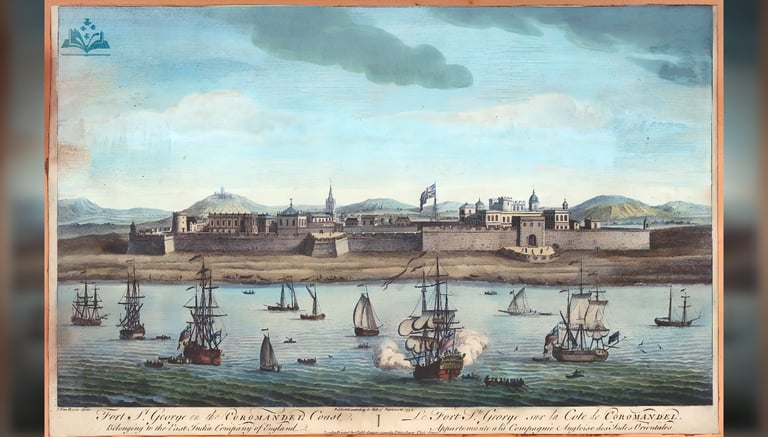

Economic Mechanisms of Imperial Expansion
Trade and Economic Exploitation
The British Empire operated through sophisticated economic mechanisms:
Mercantilist policies
Systematic resource extraction
Controlled trade routes
Establishment of global financial networks
Introduction of standardized currency systems
Industrial Revolution's Role
The empire was both a catalyst and beneficiary of the Industrial Revolution:
Access to raw materials
Massive labor resources
Global markets for manufactured goods
Technological transfer and innovation
Governance and Administrative Structures
Imperial Administrative Model
Centralized bureaucratic system
Hierarchical governance structures
Implementation of British legal frameworks
Educational and administrative standardization
Complex racial and social stratification systems
Governance Variations
The empire developed different administrative approaches:
Direct rule in colonies like India
Indirect rule through local intermediaries in Africa
Settlement colonies in Australia and Canada
Protectorates and mandated territories
Technological and Scientific Contributions
Infrastructural Developments
Railway systems
Telegraph networks
Postal services
Urban planning
Modern sanitation systems
Scientific and Medical Advancements
Geographical exploration
Botanical and zoological research
Medical discoveries
Meteorological studies
Anthropological investigations
Cultural and Linguistic Impact
Language Proliferation
English became a global lingua franca
Standardization of English language education
Development of pidgin and creole languages
Cultural Exchange and Transformation
Spread of Western educational models
Religious missionary activities
Introduction of Western legal concepts
Hybridization of cultural practices
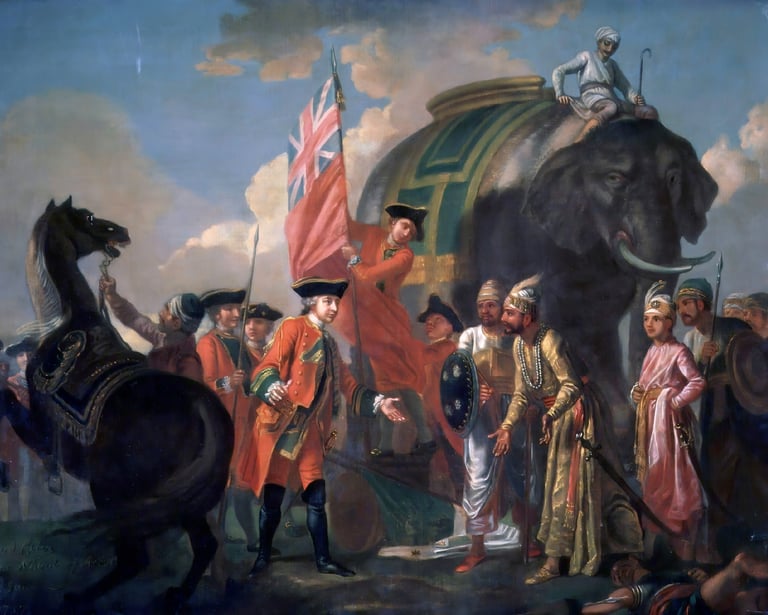

Resistance and Independence Movements
Strategies of Anti-Colonial Struggle
Peaceful resistance (Gandhi's movement in India)
Armed rebellions
Intellectual and political challenges
International diplomatic pressures
Decolonization Process
Gradual withdrawal from territories
Establishment of the Commonwealth
Negotiated transitions of power
Lasting diplomatic and economic connections
Contemporary Global Implications
Ongoing Influences
Commonwealth of Nations
Global English language dominance
International legal frameworks
Multinational corporate structures
Migration patterns
Ethical and Critical Perspectives
Complex Historical Narrative
The British Empire represents a multifaceted historical phenomenon:
Technological advancement
Economic development
Cultural exchange
Systematic exploitation
Racial oppression
Territorial conquest
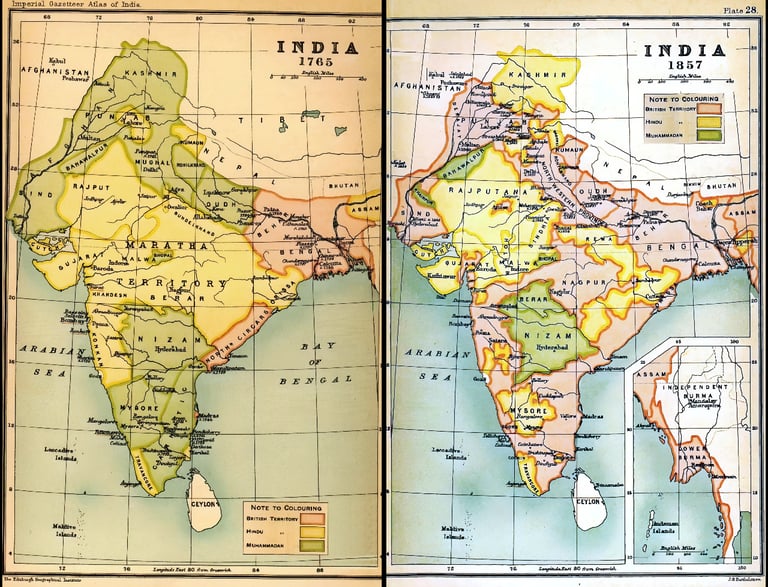

Frequently Asked Questions
When did the British Empire begin and end?
The British Empire began its formal expansion in the late 16th century with early colonies in the Americas and trading posts established by the East India Company (founded 1600). It reached its territorial peak in the early 20th century, particularly after World War I. The process of decolonization accelerated after World War II, with most territories gaining independence by the 1960s-70s. The handover of Hong Kong to China in 1997 is often considered the symbolic end of the British Empire.
How large was the British Empire at its height?
At its territorial peak around 1922, the British Empire covered approximately 13.7 million square miles (35.5 million square kilometers), representing about 24% of Earth's total land area. It governed roughly 458 million people, approximately 23-25% of the world's population at that time, spanning every continent.
How did Britain manage to control such vast territories?
Direct colonial rule through appointed governors and administrators
Indirect rule through local leaders and traditional authorities
Settler colonies with substantial British populations
Protectorates with varying degrees of autonomy
Strategic military presence in key locations
Sophisticated bureaucratic systems
Technological advantages in communication and transportation
Alliance-building with local elites
What was the difference between colonies, dominions, and protectorates?
Colonies: Territories under direct British control, governed by appointed officials
Dominions: Self-governing territories with substantial autonomy (e.g., Canada, Australia)
Protectorates: Territories where Britain controlled foreign affairs and defense while local rulers maintained internal governance
How did the British Empire impact global economics?
The Empire established a complex global economic system characterized by:
Resource extraction from colonies
Creation of markets for British manufactured goods
Development of transportation and communication infrastructure
Establishment of the pound sterling as a dominant global currency
Implementation of free trade policies beneficial to British interests
Creation of plantation economies and cash crop agriculture
Labor mobility and migration within imperial territories
Was the British Empire profitable?
The economic impact varied significantly by time period and region. Early imperial ventures like the East India Company generated substantial profits. The empire facilitated lucrative trade routes, resource extraction, and market access. However, maintaining colonial administrations and military presence became increasingly expensive in the 20th century, contributing to imperial decline. Economic benefits predominantly flowed to Britain and British companies rather than to colonial populations.
What lasting impacts did the British Empire have on language and culture?
English became a global lingua franca, now spoken by approximately 1.5 billion people
British legal systems influenced judicial structures in former colonies
Parliamentary governmental models were adopted in many post-colonial nations
Educational systems based on British models
Cultural hybridization through prolonged contact
Sports like cricket, rugby, and football spread globally
Religious conversions through missionary activities
What is the Commonwealth of Nations?
The Commonwealth is an intergovernmental organization of 56 member states, most of which are former territories of the British Empire. Founded in 1931 and formalized in 1949, it promotes international cooperation, economic development, democracy, and cultural exchange. While the British monarch serves as the symbolic head, the Commonwealth is a voluntary association of independent nations.
How should we view the British Empire today?
Historical assessments of the British Empire remain complex and contested. Perspectives include:
Recognition of infrastructure development, technological transfer, and administrative systems
Acknowledgment of exploitative economic practices and resource extraction
Critical examination of racial hierarchies and cultural suppression
Understanding of imperial violence and resistance
Recognition of both intended and unintended consequences
Appreciation of complex legacies that continue to shape global dynamics
What were the greatest controversies of British imperial rule?
Transatlantic slave trade and plantation slavery
Indian famines during colonial administration
Partition of India and resulting displacement
Concentration camps during the Boer War
Opium Wars in China
Colonial land appropriation
Suppression of independence movements
Cultural and religious impositions
Why is studying the British Empire important for understanding today's world?
Modern global political systems
International trade networks
Cultural and linguistic globalization
Contemporary geopolitical tensions
Migration patterns and diaspora communities
Economic development disparities
Global power transitions
Ongoing debates about historical justice and reparations
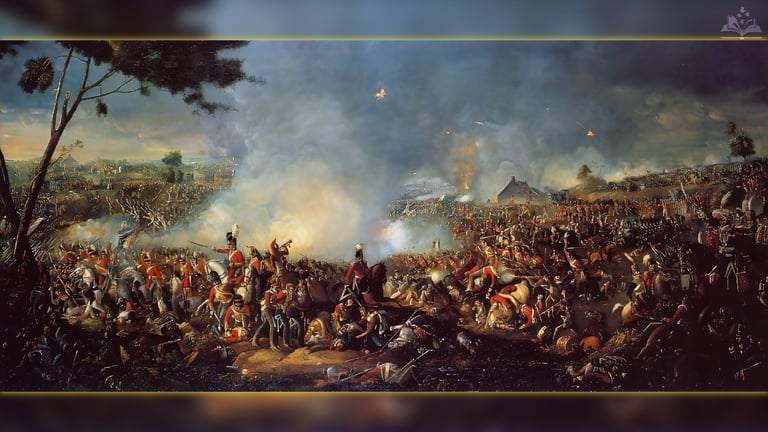

The British Empire is not a simple narrative of conquest but a complex, nuanced system of global interaction that continues to influence contemporary geopolitical, economic, and cultural landscapes.
Subscribe To Our Newsletter
All © Copyright reserved by Accessible-Learning Hub
| Terms & Conditions
Knowledge is power. Learn with Us. 📚


